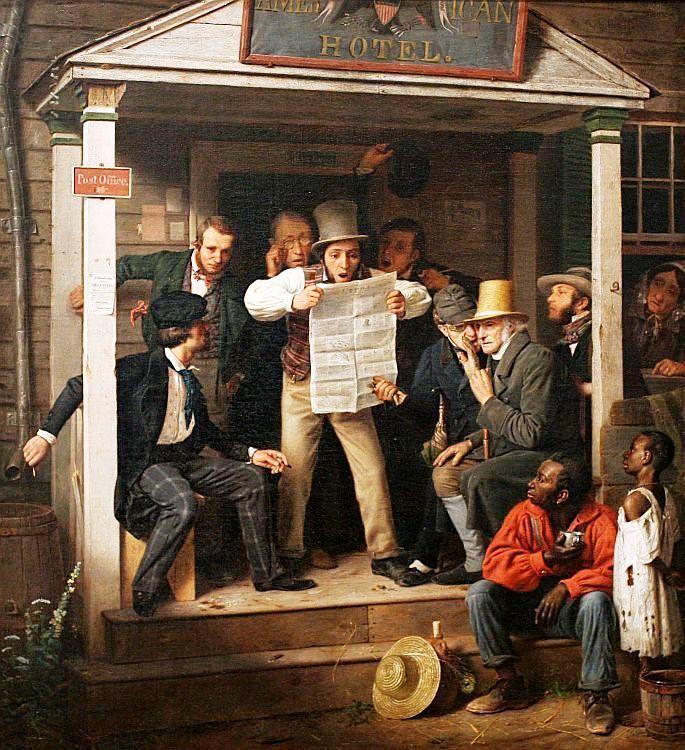
William W Carpenter is an American soldier that was taken as a war prisoner but is released. The war happening at the time is the Mexican American war in 1846. The book is essentially William’s accounts of Mexico’s conditions during the nineteenth century. His point of view as an American soldier wandering a country that he is unfamiliar with allows him to also show us what Americans though about other countries during this time. He does not seem quite educated as he mentions in the preface “they must not expect to meet with high-wrought descriptions or well-rounded periods but a plain matter-of-fact narrative, drawn from my notebook,” (11) but he is able to write highly descriptive accounts of the environment he is in and what is happening to the people he meets during this time.
His analysis of Mexico is well made for being such a narrative story. He mainly depicts Mexicans as unorganized and lacking order. He especially notices how much power money has over people and how it influences who is in charge and where. I think his interactions also show where he is passing through and who are in these communities. Such as lower-class Mexicans, other soldiers, and other Mexican officials. His accounts have depth to them despite the circumstances he is in, but it also shows how his interactions influence his views of the people he meets. As well as him being an American soldier sent to fight in a war and meeting other soldiers who are also trying to get back home after the war ends.
William’s accounts are happening during and after the Mexican American War, “At the commencement of the Mexican war…” (21) Because of this war we can see how the U.S. and Mexican government are portrayed during this time. His accounts can sometimes be seen as racist specifically when he tries to understand why the Mexicans seem miserable when they are in a country with resourceful land that they are not taking advantage of in his eyes. However, those accounts are slightly overlooked due to his highly descriptive observations of the land geographically, their religious culture, and his opinions on the social conditions during his time there. In conclusion, I think this travelogue specifically shows how Americans view Latin American counties and judge how they work and how they might not be taking full advantage of what they have in comparison to themselves since most Americans have an idea of what resources the U.S. highly values such as crops and gold.
Works Cited
Carpenter, William. Travels And Adventures In Mexico In The Course Of Journeys Of Upward Of 2500 Miles Performed On Foot. New York: Harper & Brothers, Publishers, 1851.
Caton Woodville, Richard. “War News from Mexico.” Bentonville, Arkansas: Crystal Bridges Museum of American Art, 1848.
William Carpenter’s Travels and Adventures in Mexico
